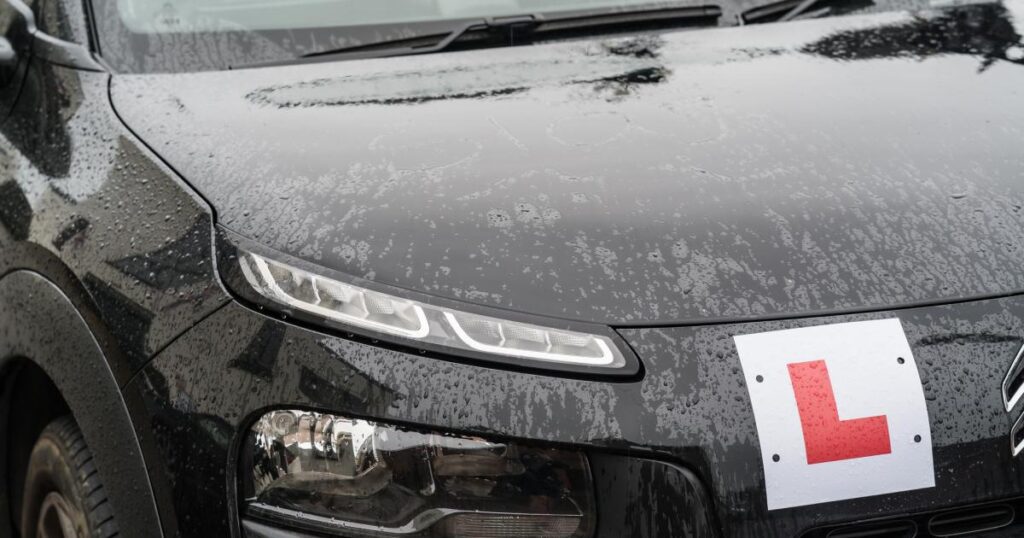The Driver and Vehicle Standards Agency (DVSA) previously revealed key changes to driving tests across the UK that came into force from today.
The DVSA said it is making the change to better represent the conditions many motorists experience after passing their test, such as driving on rural roads.
Here is all you need to know about the changes.
Tips for Learning to Drive in the UK
What are the new changes made to UK driving tests?
Here are the big changes made to tests:
- Candidates will be required to spend longer on faster roads during tests
- Learners will make fewer stops, with this reduced from four to three
- The frequency of emergency stops has decreased from one in three tests to one in seven
- Examiners can increase the length of independent driving, which can involve following a satnav, traffic signs, or both, to between 20 minutes and the full duration of the test
One of the major changes is to the emergency stop, which is one of several manoeuvres you may have to perform during the exam.
The AA describes being able to stop suddenly in a safe way, where you retain control of the car, as “vital”.
Explaining how it works, they said: “You’ll be asked to pull over. When you’ve come to a stop, put the car in neutral and apply the handbrake.
“The examiner will then tell you that you’ll be expected to perform an emergency stop shortly.
“They’ll instruct you that they’ll raise their hand and say “STOP”, simulating a situation where this action would be required.
“After receiving your instructions, you’ll be asked to drive off again. Continue driving as normal until you’re given the signal to stop.
“You might notice the examiner checking their mirror before doing this, as it’s their responsibility to ensure it’s safe to perform the stop.
“Although this means you won’t be expected to check your mirror before applying the brake, it’s good practice to regularly check your mirrors so you know what’s going on around you.”
Can you fail your driving test on an emergency stop?
You can fail a driving test for an emergency stop, which can be due to various reasons.
If your reaction is too slow, you brake too gently, or you don’t maintain control, the examiner may fail you.
As the RAC explains, emergency stops are “typically done when a vehicle is travelling too fast and needs to slow down quickly in order to avoid a collision, or when the driver needs to avoid a sudden obstruction in the road”.
Road signs many drivers don’t know
If you are wondering how to do an emergency stop safely and what the examiner will be looking for, the RAC explained further.
It said: “When you are doing an emergency stop, your driving test examiner is looking for you to demonstrate safe, efficient, and controlled driving.
“During an emergency stop, you must apply the brakes firmly and steadily, and stop in a safe and controlled manner.
“Additionally, your examiner wants to make sure that you are looking ahead and checking your mirrors to be aware of your surroundings.
Your examiner is also looking for you to be able to demonstrate that you can use the correct technique when stopping in an emergency.
“Finally, your examiner will be looking for you to use the right attitude when doing an emergency stop.”
Recommended reading:
What manoeuvres are required on a driving test?
The emergency stop is an additional exercise that you may be asked to do on a test, but there are three exercises based on reversing your vehicle that you will need to perform.
These are:
- parallel park at the side of the road
- park in a parking bay – either by driving in and reversing out, or reversing in and driving out (the examiner will tell you which you have to do)
- pull up on the right-hand side of the road, reverse for around 2 car lengths, and rejoin the traffic
Driving tests also include an eyesight check, ‘show me, tell me’ vehicle safety questions, and independent driving sections too.




